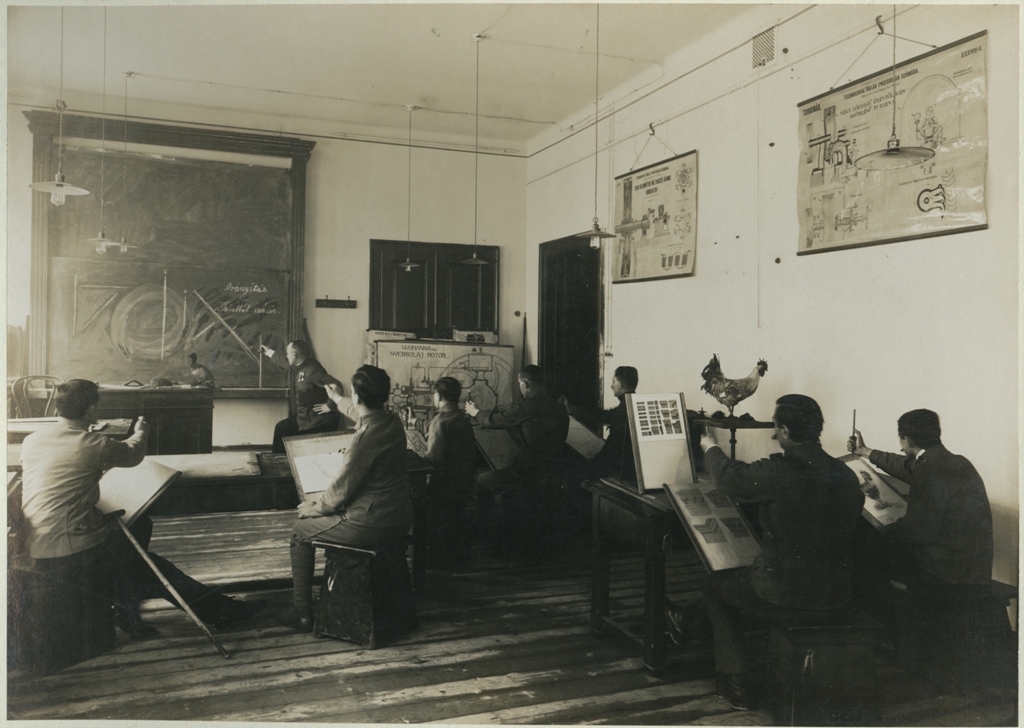A magyar iparoktatás „hadi útja”
A magyar szakképzés kihívásai az első világháború éveiben
DOI:
https://doi.org/10.15170/PAAA.2015.02.02.03Kulcsszavak:
oktatás- és neveléstörténet, iparoktatás, hadigondozás, rokkantiskolák, első világháborúAbsztrakt
The questions of modernisation and social thinking altogether determined the modification of the roles of Hungarian vocational education during World War I.
At the end of the 1890s, a modern, industrialised vocational education system was formed in Hungary. The education of qualified workmen was an integral part of the power rivalry among certain countries in this time period. The peak of this rivalry was signified by World War I, when results were also measured on the battle fields. During the war, by the sufficient appreciation of strategic goals of industrial production, vocational education had a more important role in the narrative of central power. However, because of the continuance of wars, widely new problems and tasks emerged.
The nursing and rehabilitation of injured soldiers returning home from World War I meant new challenges towards forming the idea of a “caring” government. Vocational education and the national social policy became closely linked as a result of the armaments events after 1914, which Act XV of 1915 also proves. The concept of vocational education was redefined. New types of ’industrial vocational schools’ (schools for the war invalids) appeared. Their task was not to serve market interests primarily, but to improve the living conditions of handicapped and disabled people. Old institutions also had to adapt to the changed requirements. They not only took part in military production or handed over buildings to accommodate soldiers but also latched on to the aftercare of disabled soldiers by organizing different types of courses.
This paper aims to show the history of the Hungarian vocational education during World War I, focusing on the relation between the vocational education and the rehabilitation of the injured soldiers as well as the schools for the warinvalids. The research was based on archival resources, school reports, applicable legislation, and the contemporary media. The study pays particular attention to the education structure and to the effect of the war on the hinterland and the national social policy.
Fotó: Pozsonyi Kifli
Letöltések

##submission.downloads##
Megjelent
Hogyan kell idézni
Folyóirat szám
Rovat
License

This work is licensed under a Creative Commons Attribution-NonCommercial-NoDerivatives 4.0 International License.

